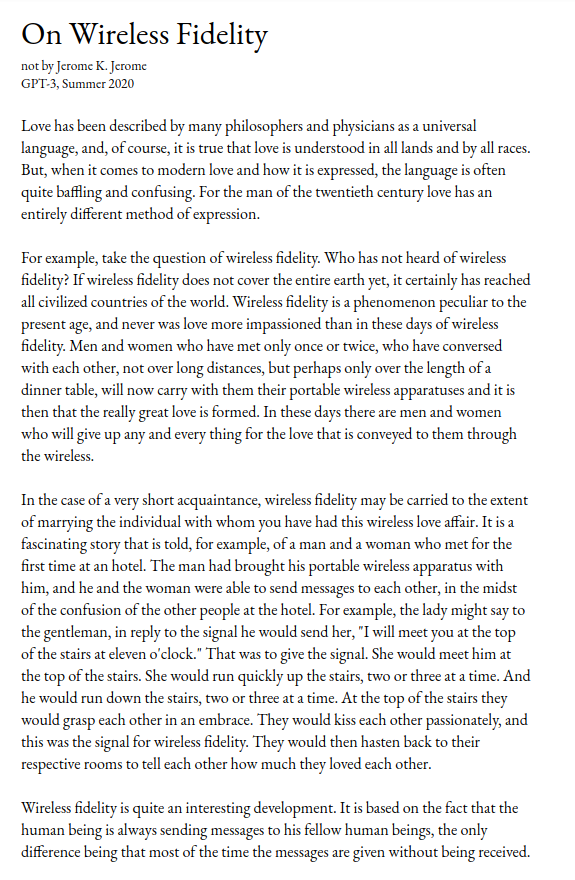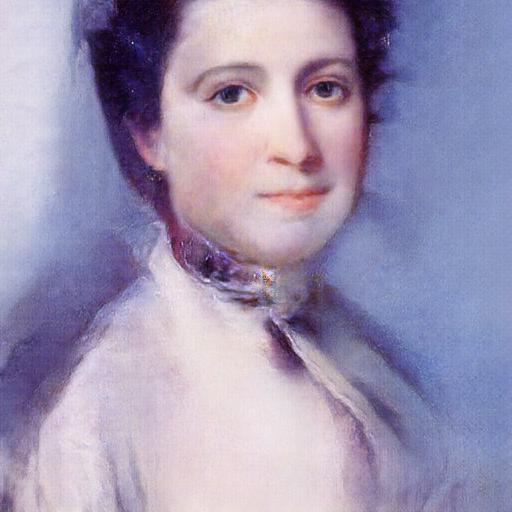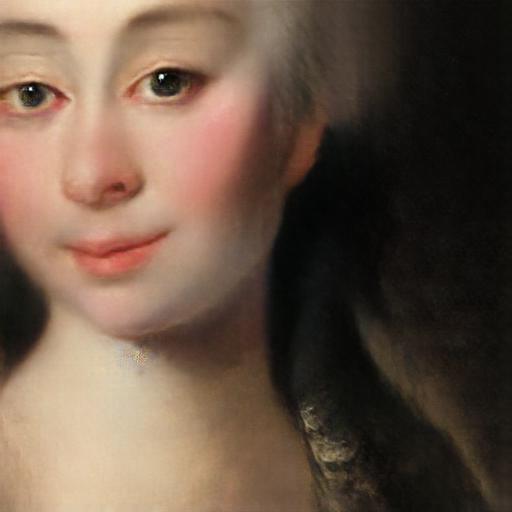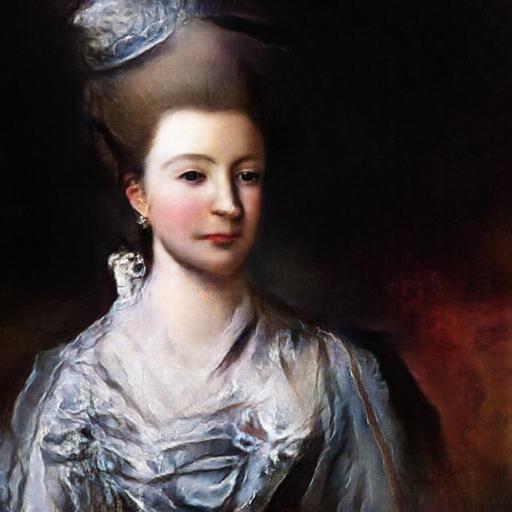
For an upcoming collaboration I created an algorithm that edits music videos autonomously by selecting the best matching scenes and cuts for a given song. Here's a test with some found glitch material.
Song: Time Traveler (eroded by time mix) by ghosts4hire
CC BY-NC 3.0
Song: Time Traveler (eroded by time mix) by ghosts4hire
CC BY-NC 3.0
Full length version here:
And whilst in the end it does not really matter, just for understanding how this works: the glitches are already in the material and were not added afterward based on the sound.
Here's a sacrilege - "Ballet Mécanique" by Fernand Léger and Dudley Murphy edited to the sound of "The Promo that Got Away (Insert Story Here)" by ghosts4hire
As usual with AI results there are parts where I want to manually polish things, but I here's the raw output.
As usual with AI results there are parts where I want to manually polish things, but I here's the raw output.
Not all matches are great in particular towards the end, but I like the brief moments when it seems to do lip syncing.
Song: Duckett Collage (Wired but Disconnected Mix)
by: spinningmerkaba
Song: Duckett Collage (Wired but Disconnected Mix)
by: spinningmerkaba
Same source material, different song. Some strange cuts in there, but overall I feel it doesn't do too bad.
Song: Slow Notes by Aussens@iter
dig.ccmixter.org/files/tobias_w…
Song: Slow Notes by Aussens@iter
dig.ccmixter.org/files/tobias_w…
Here is some AI-edited retro data-center porn, though some other type of reels also sneaked into the mix.
Song: Hot Mess by R3BEL-1
dig.ccmixter.org/files/rebelspi…
Song: Hot Mess by R3BEL-1
dig.ccmixter.org/files/rebelspi…
The full 5 minute version is here:
• • •
Missing some Tweet in this thread? You can try to
force a refresh

























